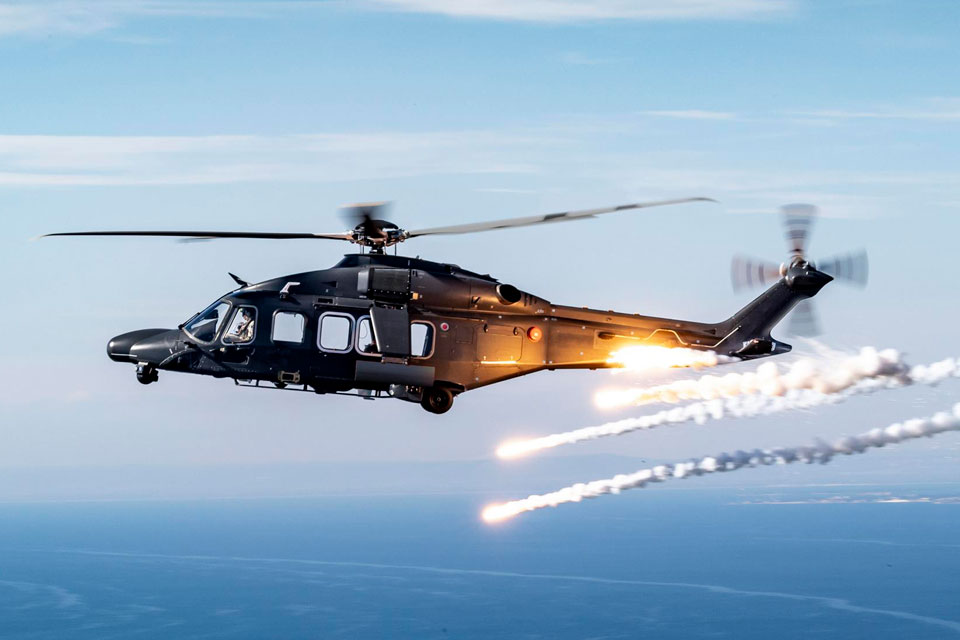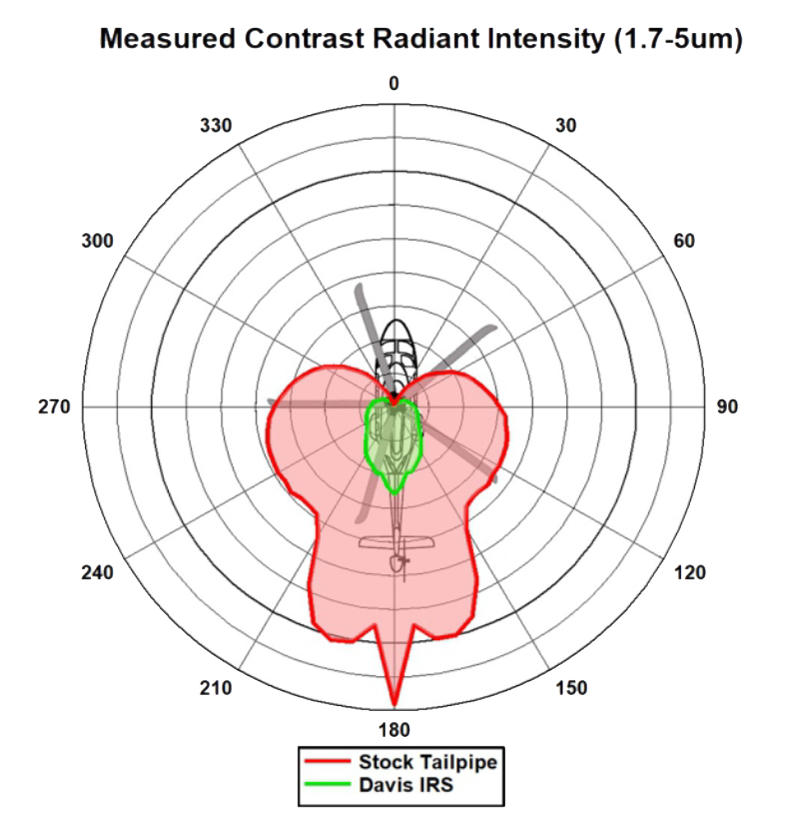Mark details the importance of the trials. "They allowed us not only to establish a safe weapon release envelope, but also enabled us to look at the performance of the weapon systems itself and the optimisation of the integrated mission and weapon system that give the AW149 a natural multi-role battlefield capability,” he explains.
"As part of these trials, we also looked at the use of the AW149 tactical radar and Electro-Optical Device to enable rapid and efficient acquisition and prosecution of targets. The AW149’s open architecture allows us to rapidly develop, integrate and modify these capabilities for varying operational requirements."
The AW149’s inherent stability, combined with agile handling qualities, allows pilots to quickly bring weapons to bear or rapidly manoeuvre away from enemy threats. This superior agility for a medium helicopter also allows the aircraft to be manoeuvred aggressively during low level high speed transits, masking its position with terrain and further avoiding potential MANPAD engagements.
Mark adds: "The predictable and agile handling qualities of the AW149 allow the pilot to quickly and accurately position the aircraft in support of any battlefield mission profile; it is an outstanding aircraft to fly, with the perfect combination of manoeuvrability, stability and power."
During the firing trials, the AW149 was heavily instrumented and Leonardo gathered a significant amount of data from the engines and the airframe. Successful completion of these complex test campaigns allows Leonardo to further expand the weapon flight envelope, which, in turn, enables current and future operators of the AW149 an even more lethal capability.
AW149 – A multi-layered approach to survivability
In summary, battlefield survivability is at the heart of the AW149’s design. Designed from the outset to meet a wide range of demanding missions on the modern battlefield, the AW149 provides a layered approach to survivability, including:
- Crashworthiness – designed to meet the most exacting military crashworthiness standards set by the UK MOD; confirmed through subsequent test.
- Low vulnerability to small arms fire – through the safe separation of systems during initial design and the incorporation of critical systems redundancy and ballistic protection of key systems and the cockpit, cabin and fuel system.
- Ballistically tolerant blades and transmission – main and tail rotor blades proven to withstand 90 minutes flight post impact from a 12.7mm calibre bullet and transmission 50 minutes ‘run dry’ capability after suffering total oil loss, which equates to an approximate 100nm range.
- Exhaust Infrared Suppression – delivering a 75% reduction in IR signature recognition, at all azimuth and elevation angles around the aircraft; significantly reducing the threat from MANPADS.
- Next Generation Defensive Aids System – an existing comprehensive DAS with the opportunity to exploit UK on-shore development of next generation systems to reduce further threats.
- Fire Support and External Precision Weapons – external precision weapons and crew- served machine guns can be employed to suppress adversaries and in doing so avoid engagement.
While some elements of survivability can be improved with the addition of role-fit mission equipment, this two-part series has highlighted that it is not viable to retrospectively modify existing aircraft – if not conceived during the original design – to meet military requirements. The AW149 was designed from the outset to survive on the modern battlefield.

 Over the past two years, Leonardo has worked with colleagues at Davis Engineering to design, develop, qualify and manufacture a new infrared (IR) suppression system to reduce this significant threat. IR suppression provides dual benefit: it reduces the range at which an IR missile can detect and lock onto an aircraft, and improves the effectiveness of aircraft countermeasures by increasing the signature strength relative to the aircraft.
Over the past two years, Leonardo has worked with colleagues at Davis Engineering to design, develop, qualify and manufacture a new infrared (IR) suppression system to reduce this significant threat. IR suppression provides dual benefit: it reduces the range at which an IR missile can detect and lock onto an aircraft, and improves the effectiveness of aircraft countermeasures by increasing the signature strength relative to the aircraft.

